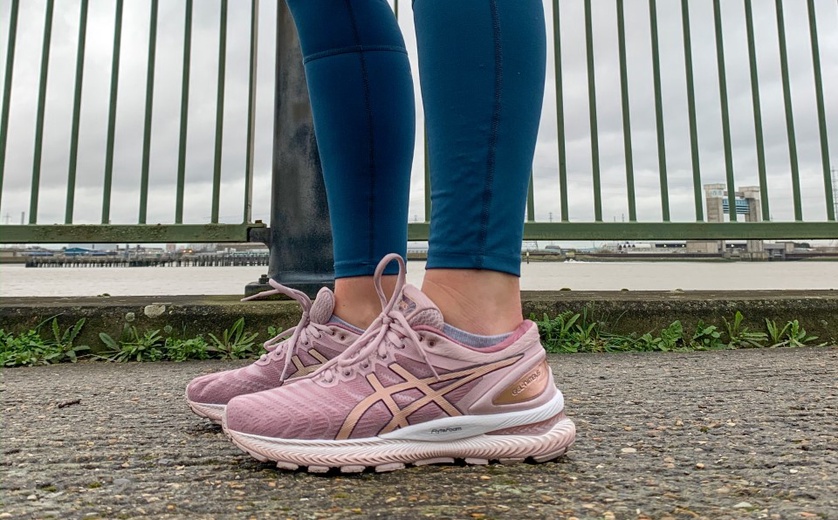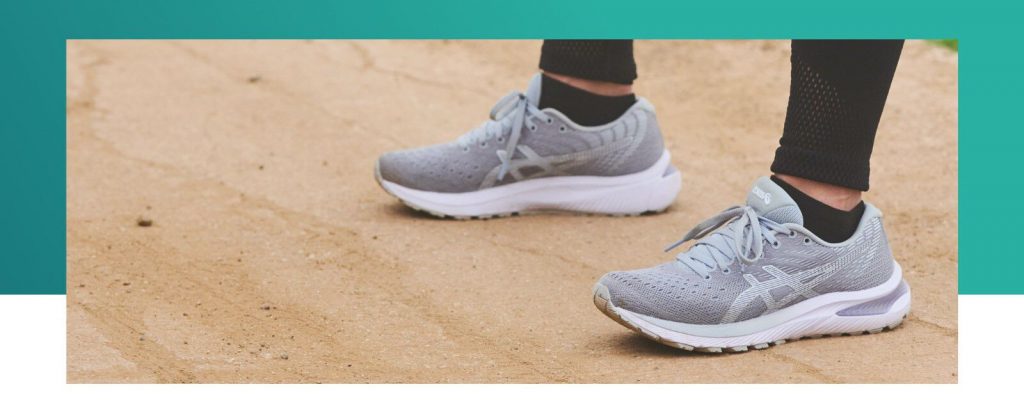Pronation is a feature of the foot in motion. Due to the uniqueness of the human skeleton, people differ not only in the feet, but also in their position. Pronation is also called the position of the foot – the way a person “lands”.
Choosing sneakers for a child or an adult is easier if you take into account pronation. In total, there are 3 types of pronation:
- Neutral. In this case, no special correction is needed, so they choose the most comfortable sneakers – you can choose the size of the sneakers along the length of the insole without any adjustments.
- Overpronation. In this case, excessive pronation of the foot is observed. For sneakers, a special sole is chosen, in which the main reinforcement goes to the central part, the arch support. Any chosen model should have a stabilizer – it will ensure an even distribution of the load on the entire foot. This will correct the wrong position.
- Hypopronation. In this case, there is insufficient pronation of the foot. Sneakers must be equipped with cushioning – medium or large.
- The main cushioning goes exactly to the heel area. The usual sole in this case will not work. It is often thickened.
- Particular attention should be paid to pronation if running shoes are needed for running or for any active activity. Pronation should also be taken into account when choosing shoes for walking, especially long ones.
Pronation is important for a developing foot, like a child’s. The ankle joint is also directly dependent on pronation, and comfortable shoes can either unload the legs or create all the prerequisites for further problems.

How to distinguish genuine leather from artificial
Modern manufacturers create models of sneakers from different types of material. Walking shoes, like everyday sneakers, can be made from genuine leather for a sporty style. Similar products are more expensive, but also last longer. They can be of any shape – massive or under the shape of a sneaker, while having increased wear.
A good store is honest about the composition of the material, but in many cases the buyer himself has to check whether the presented catalog is true. Especially embarrassing discount or other nuances that seem too tempting.
To distinguish the leather on a sneaker, you must first run your hand over the coating. The leather is always soft, even if the sock itself looks very tight. This test is free and does not harm the skin. The surface should be smooth, unless roughness is presented as a special design.
If the sample is rough, but it looks like stretched skin, there is a high probability of fakes. Patent leather is different from non-patent leather, but sneakers are rarely made from it.
Modern leather substitutes are often similar to natural leather and it is almost impossible to distinguish it from genuine leather. For an accurate comparison, you need to ask for a certificate or other document confirming the composition of the sneaker coating.
Pay attention to your heel
The insole affects the comfort of the heel. The heel also determines how to choose the right size of sneakers. The insoles are:
- orthopedic – necessary to correct various defects;
- anatomical – help for the development of the correct form of the foot;
- removable – such an insole can be removed if necessary.
The fit of the heel depends on the size, material of the insole.
The heel should be moderately soft, after pressing it slowly but rises. A heel that is too hard, as well as too soft or deformed, is a sign of a poor-quality product.

Correct fitting
Almost every brand has its own size chart, whether it’s sports, women’s or men’s. The difference in dimensional grids can vary by several centimeters – it can be large, so you need to discuss such nuances with the seller. The maximum error is about 2 cm.
How to choose sneakers: for accuracy, you need to measure the size of the foot in centimeters. The length of the foot fits the size grid well. Winter sneakers must be measured on the foot with socks. Sneakers to understand the size, you need to measure on both feet. The appearance of the feet, as well as the length, may vary.
There is another nuance that affects the size – swelling, which is typical for the day. If possible, you need to try on sneakers in the evening, when the natural swelling of the legs is less than during the day.
If sneakers choose the “city” type, then you can take the exact size of the foot. For running, they usually take a size 5 mm larger. During running, the foot increases physiologically. The minimum smell is taken for bodybuilding – no more than 3 mm.
For children, the stock should be minimal. The foot grows quickly, so you need to take a stock, but you don’t need to take too big sneakers either – a growing foot can be deformed because of the stock.
